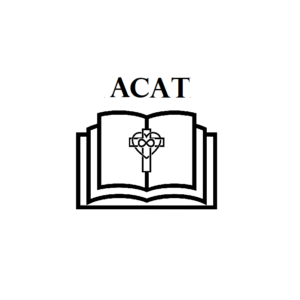|
Getting your Trinity Audio player ready...
|
Lesson Three of the Baltimore Catechism takes on the mystery of One God in Three Persons. Scholars and theologians have worked with this conundrum since the beginning of Christianity. While we claim no superiority or edge in offering our explanation, we hope that we can present the concept in a way that enhances our pursuit of faith.
- Is there but one God? Yes.
- Why can there be but one God?
The Catechism says there can only be one God because God is supreme and perfect, and has no equal. It is a matter of definition. Since God is the exemplar of perfection, and is the source of all else that exists, He is a single point which cannot be duplicated. If we were talking branding, which we certainly are not, God is universally recognized as unique and unable to be repeated. His perfection (and the fact that He is the creator of all things) transcends patent, trademark and copyright. There is no possibility of a knockoff, clone or generic formula which could even come close enough to be called “God.” It is not a matter of supremacy; it is a matter of recognition by all of creation that God’s essence is beyond anything which could ever be manufactured.
- How many persons are there in God?
A: In God there are three divine persons, really distinct and equal in all things: The Father, the Son and the Holy Spirit.
The Catechism adds in Questions 30 and 31 that we can never fully understand how this is; only in partial glimpses and analogy. The full comprehension of this concept remains a mystery, which is defined as a truth we do not yet understand.
There is so much already written about the Trinity that readers are better off exploring this on their own than trying to learn it here. The better part, here, is to present a recurring theme in the Catholic faith, which is comfort with the unknown.
Autistics are known for concrete, predictable and logical thinking. Uncertainty can be an autistic’s archnemesis. So, the first point we want to make is that there is no uncertainty in discussing the Trinity. We are quite certain that there are three distinct and equal persons in one God. This, to us, is not up for question.
The HOW becomes the sticking point. Many want a solid explanation in order to accept the conclusion. But, just as scientific research must accept in part the unknown, so too our faith must accept that we humans have neither terminology nor paradigm to relate to something as utterly impossible as one entity consisting of three distinct, equal persons. Every known creature has a one-to-one correspondence with its essence, whether human or plant or animal. No species has been discovered which has multiple distinct, separate and equal essences. Even if we looked to the extremes, we’d find that polymorphic organisms or multiple personalities do not express the full criteria of distinct, separate and equal all of the time. Scientific research requires faith, or trust that a truth exists even if we have not yet reached it. Our second point is that something is not negated just because its explanation has not been found.
One person’s suggestion of the HOW of the Trinity employs geometric imagery:

Finally, WHY? Why have three distinct, equal persons? Well, we don’t know… not definitively, anyway. But, sticking with our answer from the past two posts, we believe it fits our notion that God is the essence of love, personified. Love cannot exist by itself; neither can God. Once again, there is much to be explored by readers on the theme of love within the Holy Trinity. Two such articles, written by our spiritual director Fr. Mark Nolette, explore this topic in greater detail:
First, by way of the teachings of Pope Francis in Amoris Laetitia, “The Joy of Love”
Then, this, by way of reflecting on the Gospel of John.

